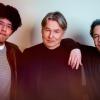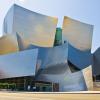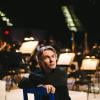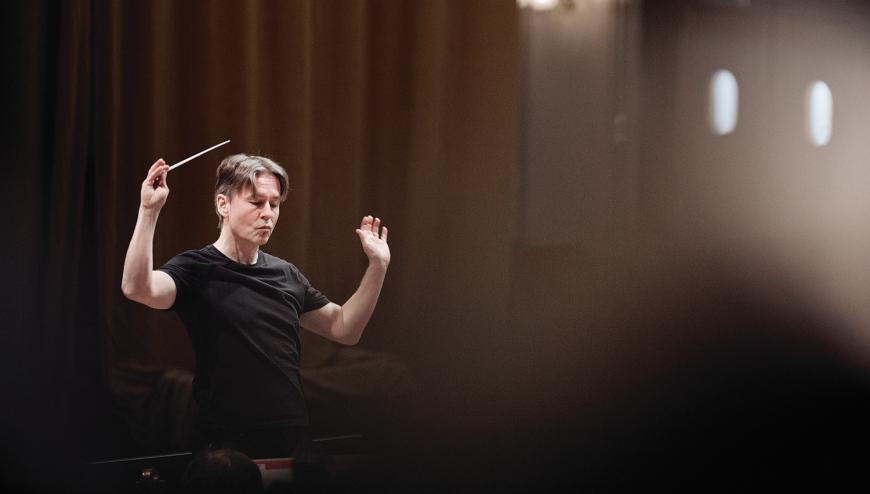
Esa-Pekka Salonen may be deep into his term as music director of the San Francisco Symphony, but he gets a hero’s welcome every time he returns to his old band, the Los Angeles Philharmonic. Not only from the audience but from the orchestra as well — as evidenced by the furious tapping of bows on music stands at the conclusion of Sunday afternoon’s performance at Walt Disney Concert Hall.
With all this goodwill at his back, Salonen the composer has recently been showcasing a good deal of his own music in a fall sweep through his two California cities — Tiu in Los Angeles in October and kínēma in San Francisco in November. For his second LA Phil date this season, he brought a fairly recent piece of his, Karawane (2013–2014), which was first heard at Disney Hall in November 2015. The conductor then was Lionel Bringuier, who also gave the world premiere in Zurich in September 2014, but this was the first time that the composer led the work in L.A.
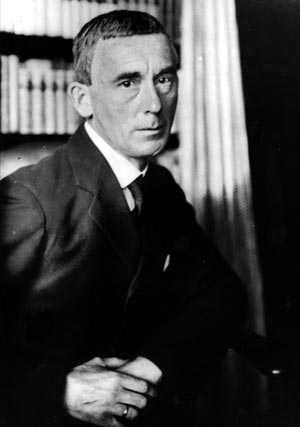
Karawane is the largest-scale piece that Salonen wrote in the interim decade between his California posts, certainly in the extravagant forces required — a full-size orchestra with a large assortment of percussion (including a drum kit and a police whistle) and a full choir. The work made a splashy impression in 2015, and it sounds even more dynamic eight years later.
It’s hardly a conventional orchestral-choral workout, as is apparent from the start, when we hear some low-volume babbling from the choir (here the Los Angeles Master Chorale) until the word “karawane” is eventually sung. That’s about the only intelligible word one can make out because the piece revolves around a setting of a 17-line poem from 1916 by Dada movement pioneer Hugo Ball, written in “synthetic language” (technically, a language that synthesizes individual morphemes into large single words). In the case of Ball’s “Karawane,” these are nonsense words devoid of specific meaning.
The rumbling, pounding first section of Salonen’s work sounds almost primitive and ritualistic before the voices soar, the orchestra circulates and swirls, and the music dissolves into a dreamlike state, floating flutes and clarinets over a solo cello. The hissing of a rainstick sets off a second half of orchestral colors that oscillate between rampaging and still and eventually border on delicious chaos. The near-riotous chants in Heitor Villa-Lobos’s Chôros No. 10 are the closest thing that come to mind.
Salonen gave himself a vigorous physical workout conducting the piece, reveling in his powers of orchestration gleaned from a conducting career with the world’s top orchestras. There were no supertitles for the text, and that’s just as well because the sight of these syllables might have looked laughable in this context. Better to treat the choral voices as just another set of colors on a spectacular canvas.
In another example of Salonen’s programming savvy, the companion work couldn’t have been better chosen — Maurice Ravel’s complete Daphnis et Chloé, a favorite showpiece for Salonen when he was music director here. Ravel’s ballet uses similar outsized forces — big orchestra, big wordless choir — and was written just a few years before Ball’s poem.
Everything went as well as one might expect from this team — Salonen balancing serenity and underlying tension in the slower passages, flinging Ravel’s wide palette of colors around the interior of the hall he inaugurated some 20 years ago, and whipping up the tempo to smashing conclusions in the Pirates episode and the frantic General Dance at the end. The flute and clarinet soloists shone during the third tableau, which makes up the whole of the more-often-played Suite No. 2. While the LA Phil isn’t exactly the suavest of orchestras, there were some transitions where the musicians made swimmingly soft landings with considerable grace — and I loved those fast, crisp chromatic trumpet runs near the end.
Those who are drawn to glamorously orchestrated pieces old and new that push the acoustical envelope of a good concert hall had plenty to savor over the weekend.


